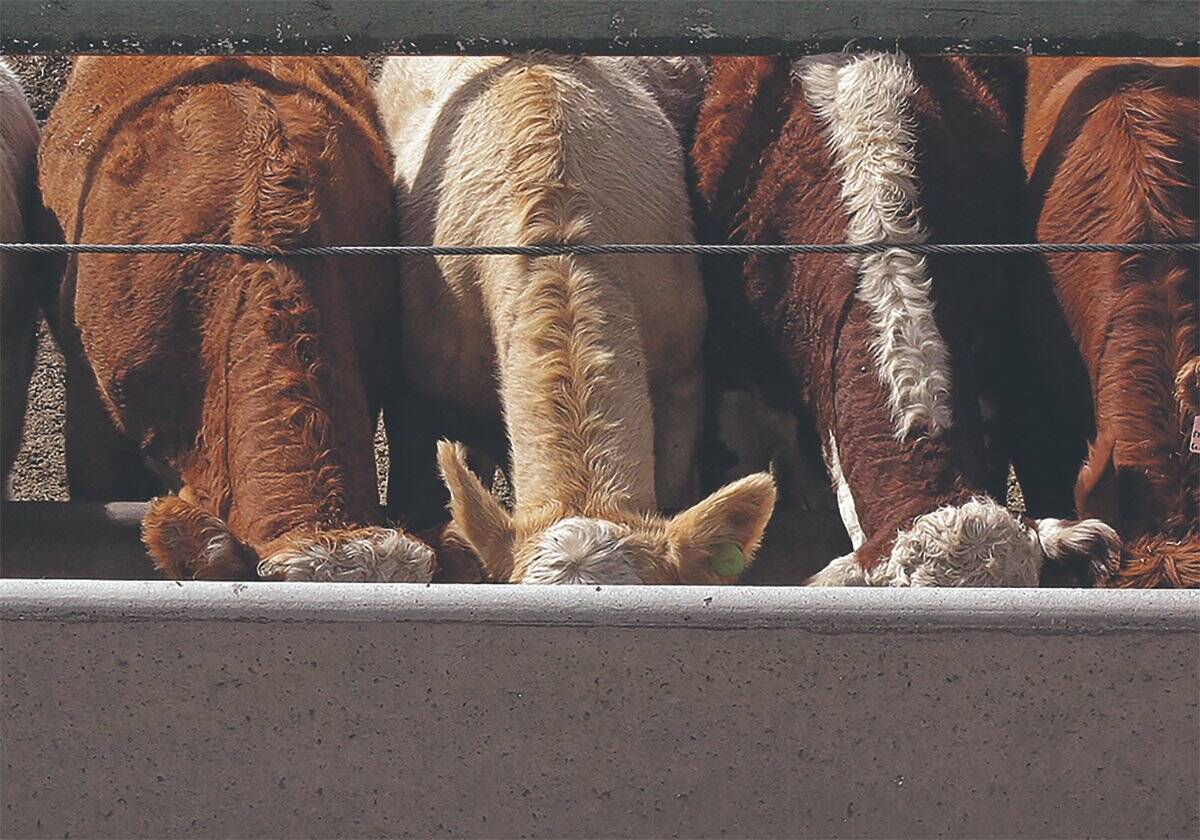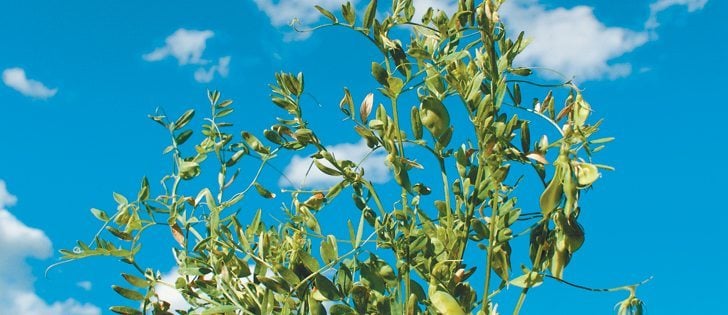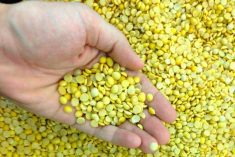Fababean prices in Western Canada have seen a boost lately due to global production problems, however according to a buyer this is a temporary situation.
“Over the last 45 days we’ve saw this market spike, we’ll call it a buck a bushel that we’ve seen that increase from where we would typically would expect this market,” said Jeff Vipond, director peas, canary, lentils with Scoular.
Fababean prices in Western Canada have hit the C$7 to C$10 per bushel range in the last month, according to Vipond. A story by Commodity News Service Canada in May quoted fababean prices at the C$5.50 to C$6.50 per bushel range, stating they had been around there for the past year.
Read Also

U.S. livestock: Cattle fall back, hogs continue slide
Chicago cattle futures fell back on Tuesday. Hogs continued to slide. Most-active December live cattle futures closed at 227.775 cents…
While fababean production faltered in Canada this year, with only an estimated 96,400 tonnes, down from 99,800 tonnes last year, according to Statistics Canada, the price increase isn’t due to the lower production. Production issues around the world have led buyers to Canada pushing the price higher.
Australia and the United Kingdom are the major global exporters of fababeans. Australia’s crop has been slashed in half due to the country’s ongoing drought and the U.K. is facing quality issues with its crop. The largest importer of fababeans is Egypt, who has now been forced to find other countries to buy from.
“We’ve seen demand surface from that market that they’re looking to fill in the gaps there, that they’re missing out on due to the Australian and the U.K. issues. So it is providing an opportunity for western Canadian growers to participate in a market that’s not always there for us and get some decent values,” Vipond said.
However, Egypt will only buy high quality fababeans and due to the delayed harvest some of Canada’s fababeans are of lower quality. Vipond said fababeans harvested before the wet and cold weather set in are great quality, while those left sitting in the field are lower quality.
“Something that people need to be aware of is that the price premiums that are being paid are for the high quality product that is still available out there. And I would say that I view it, this is going to be a pretty short term opportunity for growers,” Vipond said.
Once harvests in other parts of the world start to come off, Vipond expects the interest for fababeans will drop off early in the New Year. This situation isn’t surprising though as Canadian fababean exports are normally sporadic. According to Vipond, Canadian fababean exports have varied year-to-year from hardly any to 25,000 tonnes.
“It really does fluctuate depending on the quality of those competing regions because they’re not going to come to us first,” Vipond said.
Domestically, fababeans are mostly used for feed as a protein source. There have been pushes in the last few years to use of more fababeans for feed. Vipond said feed fababeans are currently around the same value as feed peas at C$6 per bushel.
With the recent price spike for high quality fababeans, Vipond has had more producers expressing interest in growing the crop next year. But he is cautioning producers against growing fababeans.
“If Australia has an average crop next year and the U.K. does as well then our opportunity to participate in many of these markets isn’t going to be there. And we’re going to have to rely on the domestic feed market to utilize fababeans as a protein source,” he said.














